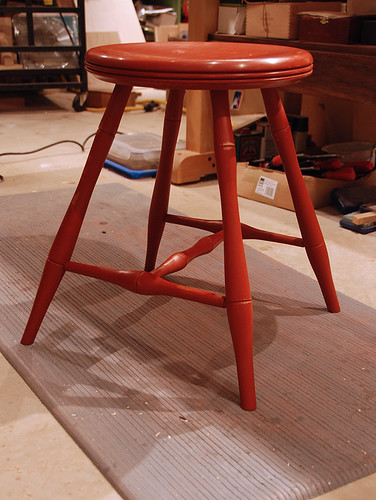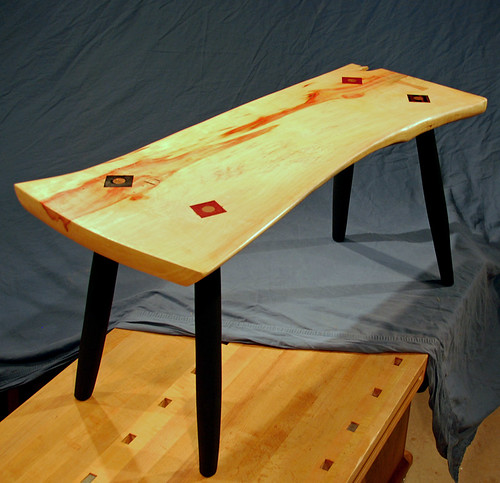So we ought to share our failures as well as our successes, right?
In his book "Welsh Stick Chairs," John Brown descibes his process for assembly: "Hammering home the wedges ... and knocking the legs in requires a brutal approach and courage. I have split seats, particularly ones like this with a nice straight grain."
You said a mouthful, John!
David Pye, in his book, "The Nature of Art and Workmanship" draws a distinction between the workmanship of risk and the workmanship of certainty. That of risk involves activitities that at any moment could spoil the piece. Yep, David.
"Once more unto the breach!"
Shakespeare's Henry V, Act III, 1598






 Reply With Quote
Reply With Quote


